Not sure where to start with Bordeaux wines? This guide in plain English has everything you need to know to buy a wine or visit a winery while in Bordeaux.
While we enjoy a good drop of wine, and travel all over the world tasting and learning about wines, we are novices when it comes to French wines.
If you are like us, not sure what the difference is between a Bordeaux and a Burgundy, read on. We visited Bordeaux and here we explain, in simple English, everything you need to know about wine from Bordeaux. If you just want to buy a bottle from the local bottle shop or you are planning your own trip wine tasting in Bordeaux, this guide will help.
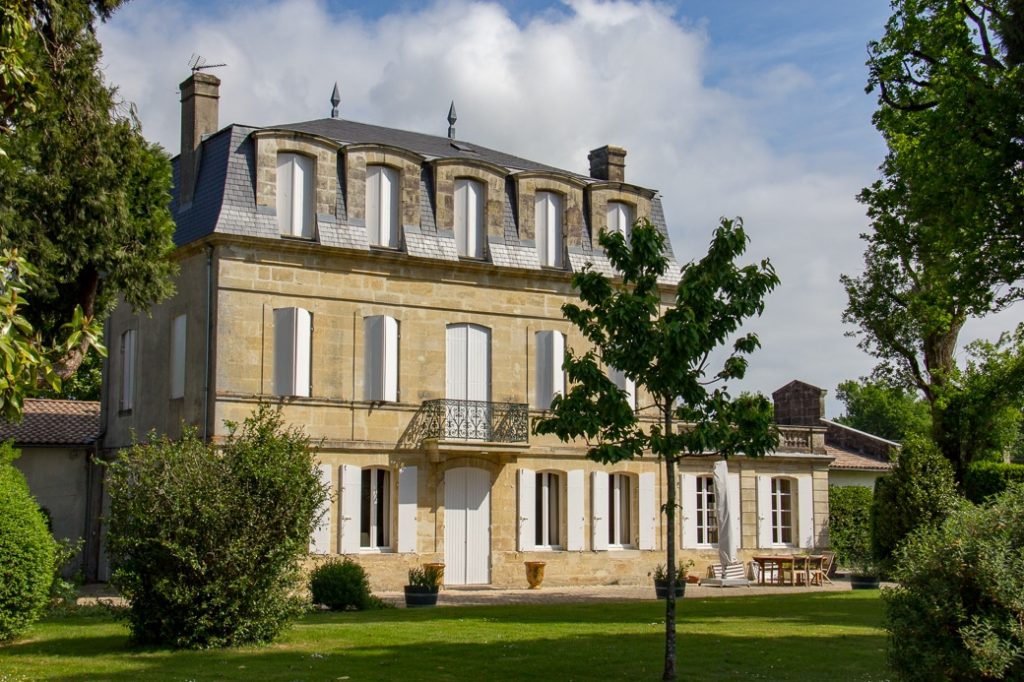

Where is Bordeaux?
In the Southwest of France, Bordeaux is the second largest city in France, after Paris. Well known for its wines, much of Bordeaux’s reputation for great wines began from trade with England. (In 1152 Duchess Eleanor of Aquitaine married Henry the II, the future King of England and this region was ruled by the English for three hundred years.)
With a history of wine in the region which dates the first plantings back to Roman times, you might think Bordeaux has some of the oldest vines around, but you would be wrong. Most of the vines in the region were planted after WWII following an outbreak of phylloxera, the disease which wiped out most of the wine industry in Europe.
Is Bordeaux a City, a Region, or a Wine?
Just to make it confusing, it is all of the above. Bordeaux is a city in France. The vineyards surrounding Bordeaux create a wine region known as Bordeaux and wines from this region are marketed around the world as Bordeaux. Producing over 667 million bottles of wine a year, Bordeaux is France’s largest wine producing region.
Sounds simple? Not really, within the greater wine region of Bordeaux, there are many sub-regions and types of wine grown within the region. “A Bordeaux” can mean either a red or white wine.
Confused? “New world wines”, wines from the newer wine growing regions of the world, for example Australia, South America, and North America, tend to refer to wine by the grape varietal and the region i.e. a Shiraz from the Barossa Valley in South Australia or a Malbec, from the Mendoza Valley of Argentina. In the case of French wine, Bordeaux is both the region and the wine, there is no indication of the grape varietal when referring to a “Bordeaux”.
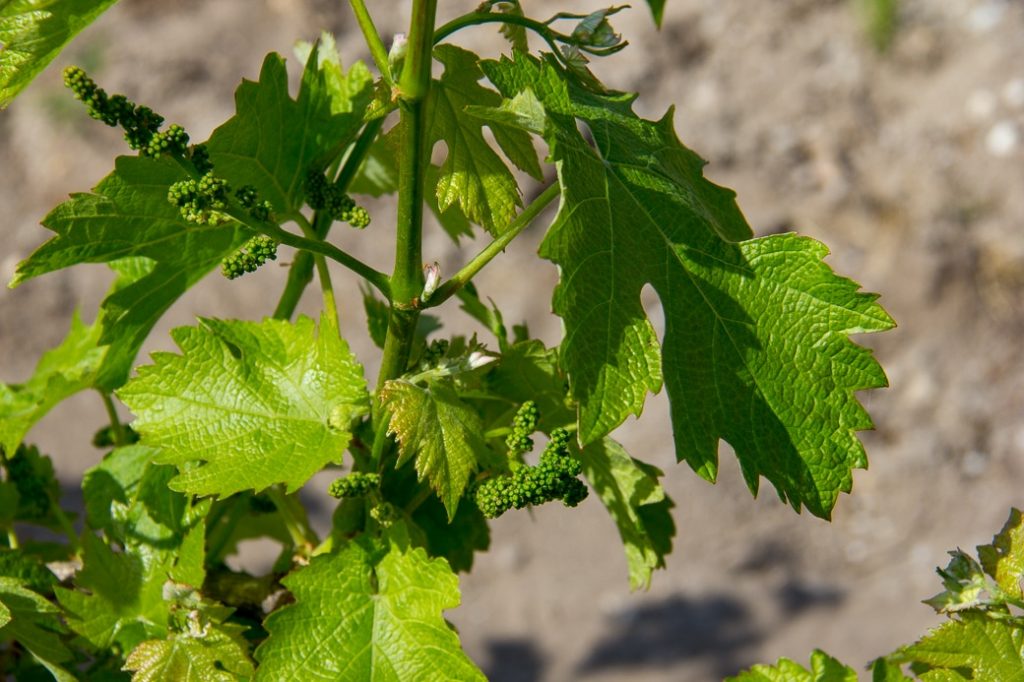
The Subregions of Bordeaux Wine
There are several well known wine regions within Bordeaux. Characteristics of the wine vary based on the terroir (climate and soil) of the region, as well as the grape varietals typically grown in the area.
The best-known regions and appellations (the term given for a specific, geographic region) are:
- Saint- Emilion
- Medoc (and Haut-Medoc)
- Pomerol
- Fronsac
- Graves
- Cadillac
And there are many more (60 appellations in 2015) which just adds to the confusion for those new to French wines and Bordeaux.
The Grape Varietals of Bordeaux Wines
Prior to visiting Bordeaux, I was under the impression “a Bordeaux” was referring to a red wine. Not necessarily.
Red wine productions accounts for 89% of all wine production in Bordeaux. Wines from Bordeaux are blends, each vineyard having their own preferences for the varietals in their blend. Merlot is 65% of production, with Cabernet Sauvignon (23%) and Cabernet Franc (10%) being the other common varietals.
While white varietals are a much smaller portion of production, only 11% total, with Semillon (47%) and Sauvignon Blanc (45%) representing the bulk of white grape varietals.
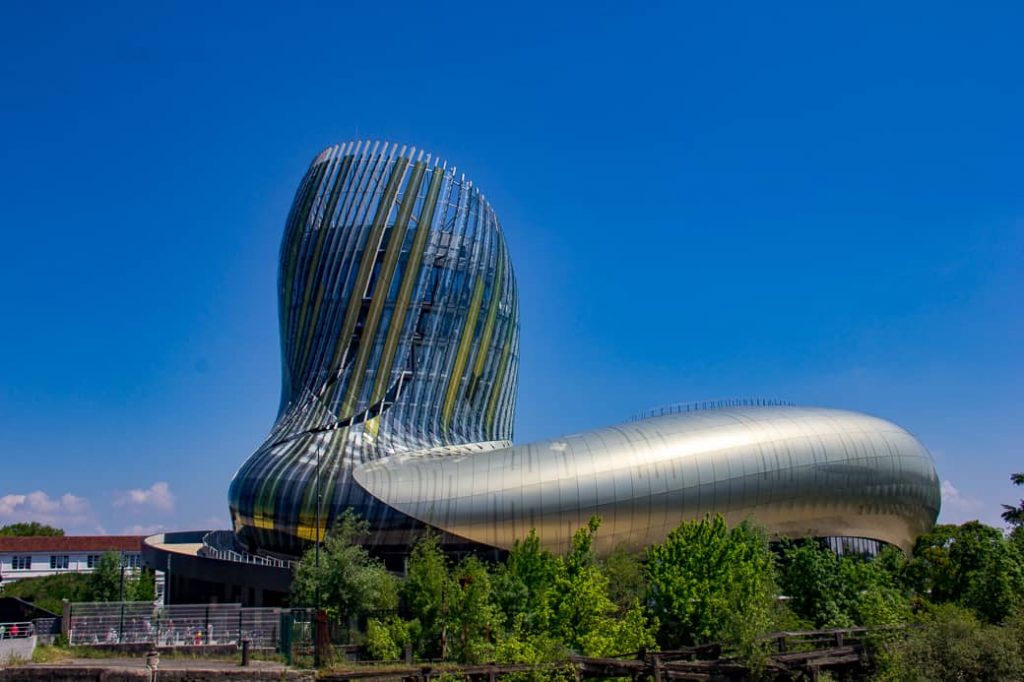
Bordeaux Vineyards
Most wineries in Bordeaux are small, with an average vineyard size of 15 hectares (37 acres). A chateau denotes a property that both grows and produces wine on the property. In Bordeaux, there are over 7,375 chateaux.
Not surprisingly, wine tourism in Bordeaux is one of the main attractions. Visiting a vineyard is an easy Bordeaux day trip. In addition to visiting a Bordeaux vineyard, if time allows, visit the newly opened Cite du Vin, or the City of Wine,an interactive museum celebrating wine. (And the building resembles wine swirling in a glass.)
Bordeaux Wine Tours
We took a day tour which was booked and departed from the Bordeaux Tourism office in the center of town. There are many to choose from and you can find something to suit your interests and time available.
Our small group of four headed out to learn more about the wines of Bordeaux.
Other options include organizing your own private Bordeaux wine tour.
A half day (five hour) tour to Medoc or Saint Emilion for 1-4 people will run you about 200 euros, or 250 euros for groups of 4 to 8. A full day (9 hours) is 300-350 euros.
Chateau du Taillan, located in Medoc about 11 kilometers from Bordeaux, makes an easy visit. One of the oldest wineries in the Medoc area, the cellars date to the XVIth century. And the chateau itself is from XVIIIth century.
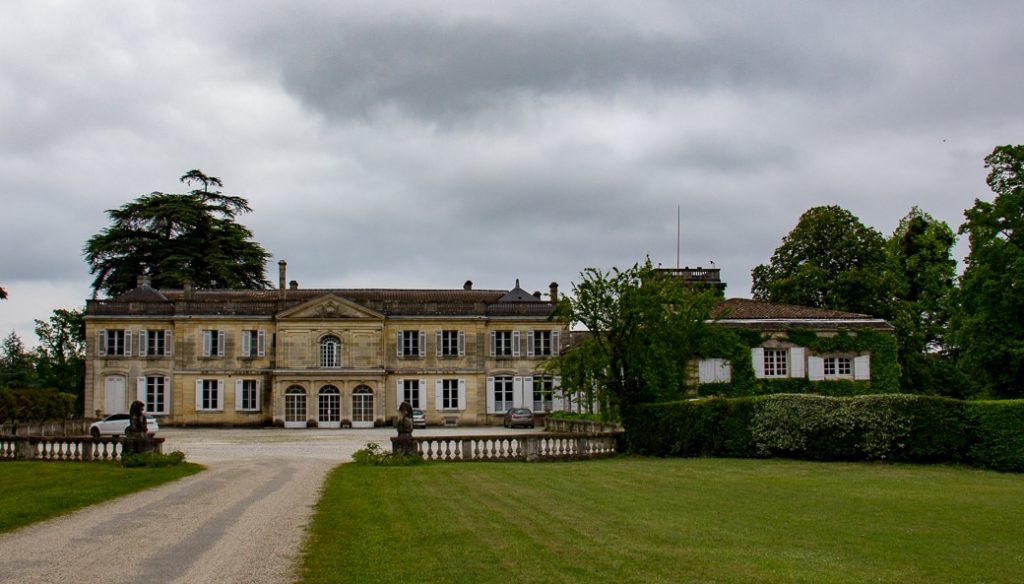
Our second stop was Chateau Paloumey in Medoc. Only about 20 minutes outside of Bordeaux, another easy winery to visit. Originally purchased by Martine Cazenueve in 1990, she slowly brought this historic property back to its original grandeur in the Bordeaux wine scene. Today the 34-hectare vineyard is run by her son.
They market their Cabernet Sauvignon, Cabernet Franc and Merlot blends under the Chateau Paloumey and Ailes de Paloumey labels.
The same wine maker also has wines from Chateau La Bessane, and Chateau La Garricq, which also feature Petit Verdot, an old Medoc variety, in their blends.
Both winery visits included a tour of the winery and cellars, a wine tasting and a platter of local cheeses.
Selecting a Wine from Bordeaux
The mild winters with no frosts, rain in the spring, and warm, sunny summer and autumn weather means grapes of many varietals grow very well in the region.
A wide variety of wines are produced in Bordeaux: dry whites, sweet whites, clairets, reds, rosés and some sparkling wines.
Clairet is how many English still refer to any red wine from Bordeaux. In general, Clairets and rosé are lighter, softer red wines.
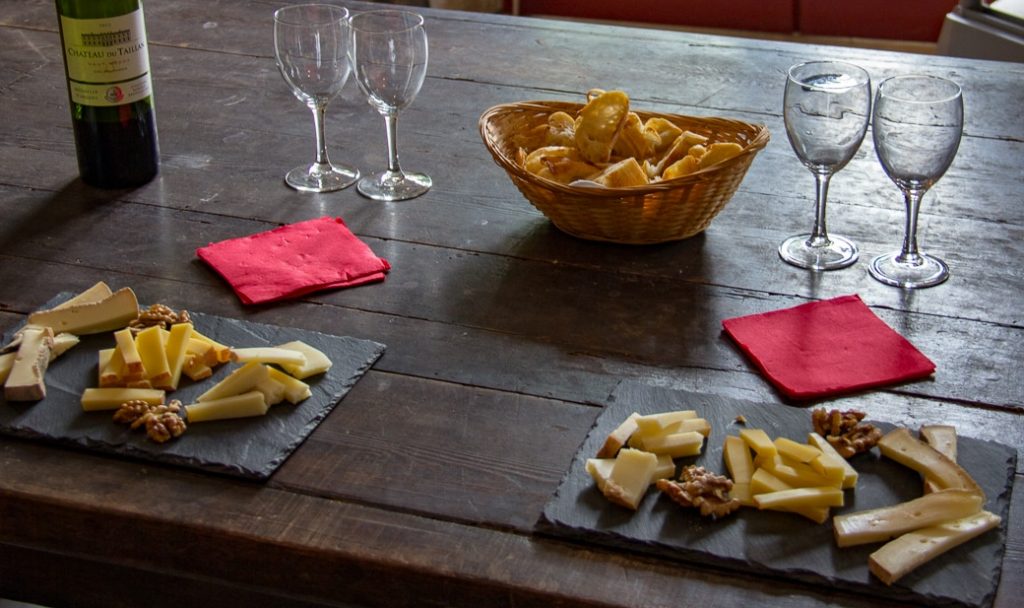
Food and Wine Pairings for Bordeaux Wines
| from Saint Emilion, Pomerol, Fronsac | Red | Pairs well with quail, duck, sheep cheeses |
| Medoc and Graves | Red and some whites | Fish, roast lamb, comte cheese |
| Dry White Wines | Oysters, turkey, seafood and shellfish, sushi, goats’ cheese or buffalo mozzarella, raw vegetables | |
| Sweet White Wines | Blue cheeses, tagines, or as an aperitif with dried fruit, foie gras, truffles, | |
| Rosé or clairet | Goat cheese, oriental cuisine |
Wine Tasting in Bordeaux
There are plenty of great wine bars in the city of Bordeaux if you can’t make it out of town to visit a winery. Bar au Vin, is across the street from the Bordeaux Tourism office, and is a great choice with a very affordable selection of local wines available by the glass. You can find more on where to eat and drink in Bordeaux here.
To find a great wine tour- private or small group, check the links below.
Visiting Bordeaux from Paris by Train
Reaching Bordeaux from Paris is easier than you might think thanks to the high-speed train. A little over two hours and you can travel from Paris to Bordeaux via train for a day of wine tasting.
You can find the Paris to Bordeaux train timetables and buy tickets on loco2.com (You can buy train tickets for the UK and Europe on loco2.com)
If you would like to join a small group wine tasting tour for Bordeaux from Paris which uses the high speed train, check out Take Walks – Day Trip from Paris to Bordeaux with Wine Tastings (Take Walks also has a day trip to Champagne from Paris)
Enjoy your time in Bordeaux, we certainly did!
Thanks to the Bordeaux Tourism Council for hosting our Women of Medoc Wine Tour.

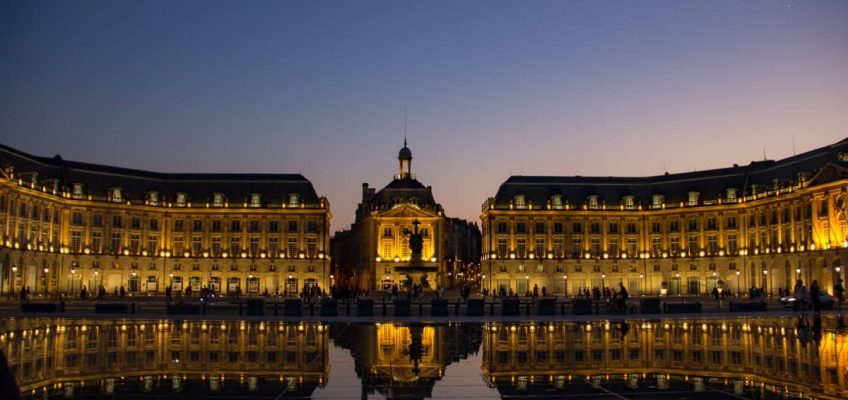
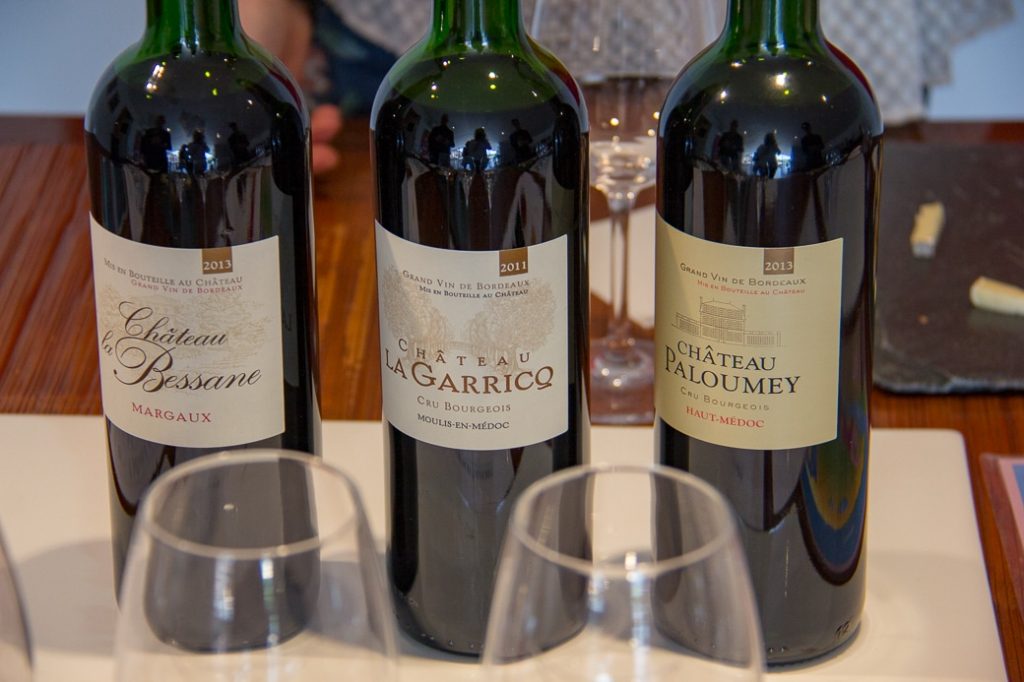

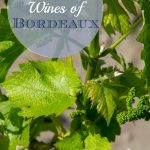
Leave a Reply